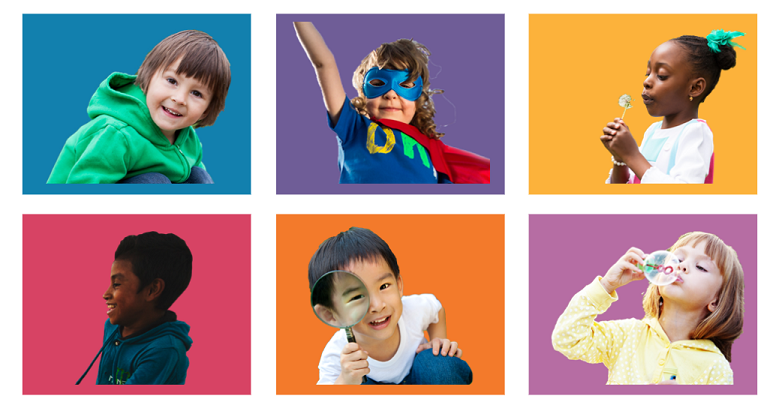Author: Pascale Swanson
-

Assessment of Learning (AoL) in Instructional Design and Learning Experience Design
Last week I wrote a post about three types of assessment common in the Ontario school system: Assessment as Learning (AaL), Assessment for Learning (AfL), and Assessment of Learning (AoL). That post described all three and explained their importance. If you haven’t read it yet, I suggest you start there. Over three weeks, I will…
-

How to be happy like a child (#248)
This portfolio piece marks my return to completing the eLearning Heroes Challenges. It has been over a year since my last project and I wanted to return with a bang, so I chose this particularly unstructured – yet challenging – topic as my first project in 2019. This portfolio piece was created for the eLearning…
-

Assessment ‘As’, ‘For’, and ‘Of’ Learning
Before beginning my journey as an learning experience designer, I was a teacher for many years. Shortly before I left the profession, the big, exciting idea surrounding assessment and evaluation was the triple threat of Assessment as Learning (AaL), Assessment for Learning (AfL), and Assessment of Learning (AoL). Most teachers, especially those who had been…
-

Mid-year Review, 2019
It’s now the end of August and I though it would be a good time to look back at my goals for the year. Not to brag about how much I’ve accomplished, but rather to motivate myself to continue my personal and professional growth, because I think I’ve been slacking on meeting my goals. At…
-

Learning for Learning’s Sake
I’m here… don’t send out a search party! I’m not dead, just haven’t had time to write any posts recently. Since I’ve been so busy, I’ve also noticed that I haven’t really had much time for my own learning. L&D professionals know better than anyone else how important learning is, so I’ve felt like I’ve…
-

Canadian eLearning Conference 2019
The conference Next Friday is a very exciting day for me because I will be presenting my instructional design and eLearning development work at a conference for the first time. The conference is the Canadian eLearning Conference and it will be held in Toronto on July 18 and 19. For more information, check out their…